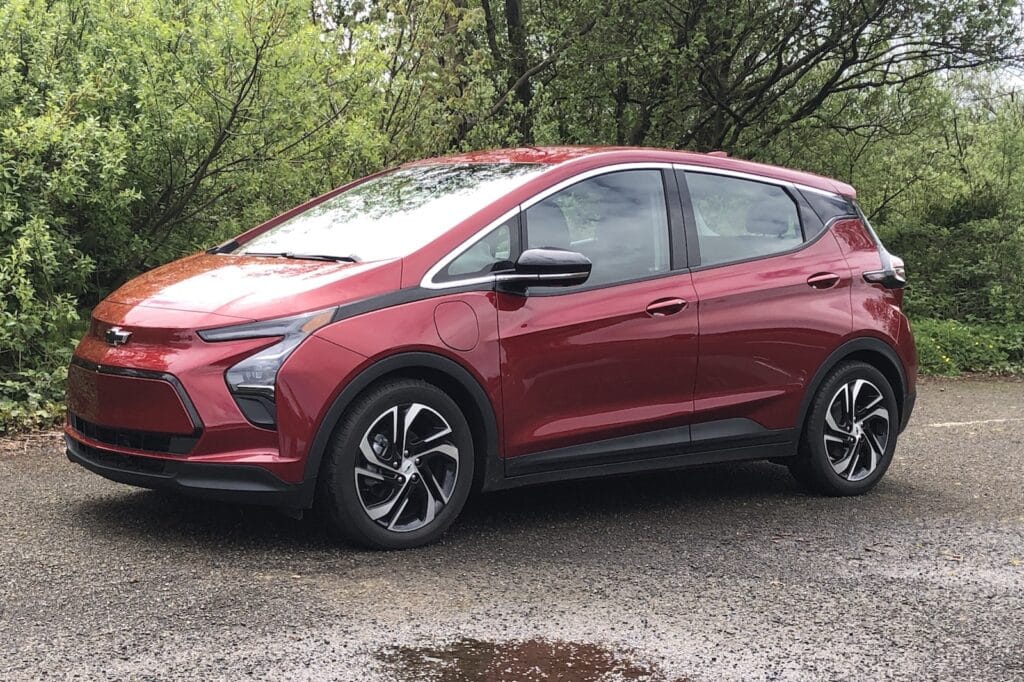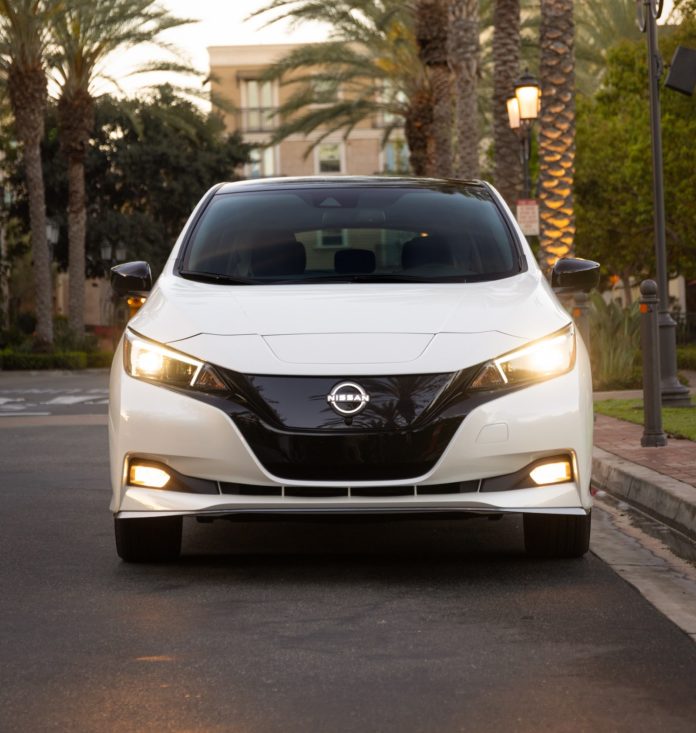In a statement that could only be described as insanely obvious, Jonathan Smoke, chief economist of Cox Automotive, states, “every new vehicle eventually becomes a used vehicle.”
But this explains why used electric vehicle, or EV, sales are picking up. In the first quarter of 2023, EV sales are coming close to capturing 7% of the new car market, with Cox estimating sales of 225,000 units, up from 167,000 units during the same period last year.
The organization is predicting new EV sales in the U.S. will top 1 million for the first time this year, and with good reason. According to Consumer Reports, nearly 100 pure electric EV models are set to debut by the end of next year.
“Used EV sales will begin increasing rapidly from here, following a clear path set by new sales,” Smoke said.
The first quarter of 2023 also saw Cox Automotive’s Manheim Auctions, the industry’s largest wholesale auction house, sell 9,800 EVs out 900,000 sales, up 40% from the first quarter last year. Given those numbers, it’s no surprise that EVs sold through retailers increased 32% year-over-year to 42,753 units, double the volume during the same period in 2021.
What’s driving prices down

But lower prices are what’s driving the demand for used EVs, as they cost $43,400 last quarter, a 4% drop from the first quarter of 2022 and 26.4% lower than the $59,000 average price of a new EV.
Price cuts of such vehicles as the Tesla Model Y, Tesla Model 3 and Chevrolet Bolt help drive increased demand for new EVs, which expands EV availability in the used car market. The price cuts come in the wake of the Inflation reduction Act, which set a price ceiling of $55,000 for battery-powered or plug-in hybrid sedans, and $80,000 for SUVs to qualify for a federal tax credit of $7,500 to electric vehicle and plug-in hybrid buyers.
But with more vehicles coming to market and new EV manufacturers cutting prices, used EVs values are declining.
Consider the Tesla Model 3. According to iSeeCars, the price of a used Tesla Model 3 has declined 21.5% since September. The Nissan Leaf also saw its used price decline 12% during that period.
Meanwhile Cars.com found that the prices for used Ford F-150 Lightning electric pickups, 86% of which are either Platinum and Lariat trims, have plunged 39% since June 2022, far from the $140,000 the pickup first commanded on the site when new. But the F-150 Lightning’s high initial price on the site is easily explained: supply and demand. When there’s limited availability of a new vehicle, it allows for the profitable sale of lightly used vehicles with low mileage.
Other challenges

But retailers face a challenge in selling used EVs.
Mainly, the biggest challenge is assessing a used EVs battery health and its range are a crucial factor in an EV’s residual value. Unlike evaluating a conventional internal combustion engine car, standardized practices have to be put in place to place an accurate value on an EV.
“This is an approaching challenge for the industry we’ve already begun to embrace, as placing a value on a used EV is a new set of skills we all need to develop and refine,” Smoke said.
Despite that, the initial news regarding used EV depreciation suggests they depreciate far more than their conventionally-powered counterparts during the same period. According to a report by the website Automotive Fleet, while internal combustion engine sedans depreciate by about 39% after three years, an average EV depreciates 52% during the same period, not counting Tesla.
Certainly the latest findings by Cox and others don’t bode well for those who expect their EVs to retain their value.

